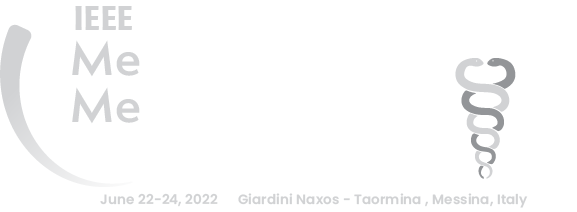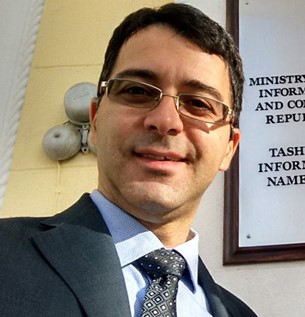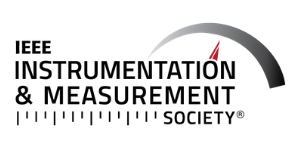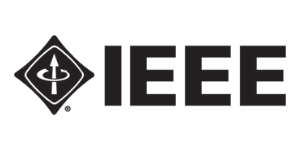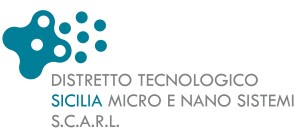Compressed sensing for physiological signals in Internet of Medical Things systems
Luca De Vito
Università degli Studi del Sannio
Wearable measurement systems have been currently spreading as personal devices for monitoring physiological parameters. In last years, such systems are going to be integrated in Internet of Things (IoT) systems where several acquisition nodes are simultaneously connected and managed. The acquisition nodes must comply the size and energy consumption requirements of wearable devices, while allowing the streaming of sampled signals such as the Electrocardiogram and the respiration wave and providing enough accuracy to guarantee the biosignal integrity. This is even harder when the device is connected to Wide Area Network IoT systems, characterized by a lower bandwidth and a higher power consumption.
To face these problems, efficient sampling strategies can be adopted aiming to reduce the data rate to be transmitted and as a consequence the energy consumption.
The tutorial will present the state of art of sampling methods for physiological signals and will in particular deal with methods based on compressed sensing. Compared with the others, such methods offer a lower computational load on the acquisition node, by moving it to the reception side, which in the case of IoT systems, is usually realized in the cloud. The tutorial will also present the activity carried out in this field by the Laboratory of Signal Processing and Measurement Information of the University of Sannio, mainly in the framework of the ATTICUS (Ambient-intelligent Tele-monitoring and Telemetry for Incepting & Catering over Human Sustainability) project.
Surface electromyography to understand how muscles make you move
Silvia Conforto
University of Roma Tre
Muscles make you move! Thanks to the control of the Central Nervous System muscles activate in a coordinated manner and allow human movement. An impaired muscular activation doesn’t imply only a poor movement performance, but it often causes pain, disability, and consequently loss of quality of life. Today maintenance and/or restore of movement performance and reduction of pain and disability is a major social challenge. The need of novel and/or more effective treatments has fostered new technologies able to capture information about individual muscular activation. The only way to get deeper insight into muscular activation during freely performed movements is related to surface-electromyography (sEMG) that is a non-invasive and pain free technique.
In the last years scientists and technicians are working to take sEMG out of the laboratories and to bring it into everyday life. In future, technological advances will make possible the development of a variety of equipment allowing consumers to monitor muscular activation. These ready-to-use technologies are increasing rapidly driven by technological innovation and will enable sEMG measurements in several new applications such as monitoring activity, biofeedback in rehabilitation, control of assistive devices. However, the correct extraction and interpretation of the gained data remains a challenge even for experienced scientists. To promote the utilization of this valuable technique some crucial points in data acquisition, processing and interpretation will be discussed by an application-based point of view.

